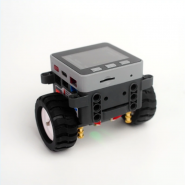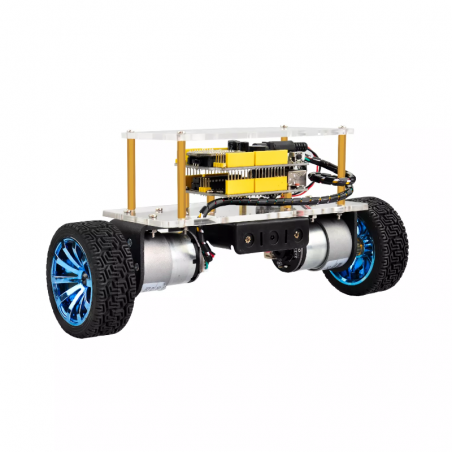
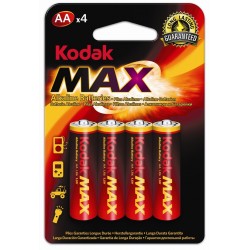
Alkaline batteries AA x4 (Blister)
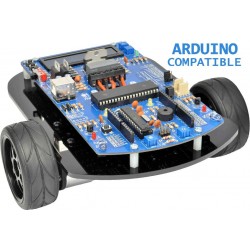
Bot n Roll ONE A Robotics Kit
- DISCONTINUED
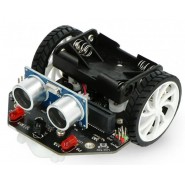
Micro: Maqueen micro:bit Robot Platform
- On sale!
- -€4.00








This balancing robot for Arduino has the ability to balance itself on just two wheels, It also manages to stabilize objects that are placed on its base. You can control this robot through your smartphone.
If you want to know more about this product, please check the Wiki Page.
Note: Kit not assembled and batteries not included.
If you have any questions on this product please feel free to contact us.
*Disclaimer: The images are merely illustrative.
How to DIY a mini balance car on your own? This balance car kit is based on Arduino development platform. We mainly use REV4 as core and balance shield with built-in MPU-6050 as drive board to test the car body posture.
The balance shield comes with a Bluetooth interface, fully compatible with the Bluetooth XBee module (only compatible with Android system).
When connecting to Bluetooth, you can easily control the moving direction of balance car with Bluetooth APP, making a variety of unique postures.
To facilitate the operation control, Bluetooth APP has both key and gravity control modes.
Moreover, it adds the function of adjusting the balance angle and PID parameters as well, so you can perfectly adjust and control the balance car.
No need to worry how to play it. We can provide you with all assembly components, as well as the corresponding installation, debugging method and program.
Operation Principle
The self-balancing car uses the power of the car body to maintain the relative balance, which is a process of dynamic balance.
The power to maintain the balance of the car comes from the movement of the wheels, driven by two DC motors.
The control of the car body can be divided into three control tasks as follows:
1. Balance Control: keep the car upright and balanced by controlling the forward and backward rotation of the car’s wheel.
2. Speed Control: realize the front and rear movement and speed control by controlling the inclination of the car. In fact, it is achieved finally by controlling the speed of the motor.
3. Direction Control: realize the steering control by controlling the rotational speed differences between the two motors of the car.
In this way, it is relatively simple to understand the three control tasks.
But in the final control process, it comes down to the control of a control quantity. So there will be coupling between the three tasks, which will interfere with each other.
The key is to control the car’s balance; the speed and direction control should be as smooth as possible.







Motor parameters:
- Operating voltage: DC12V
- No-load current:≤100mA
- No-load current:≤100mA
- No-load speed: 247rpm
- Rated torque: 1.4 Kg.cm
- Rated torque: 137.3mN.m
- Rated speed: 160rpm
- Rated current: ≤0.45A
- Stalled torque: 5.5 Kg.cm
- Stop current: 2.4A
- Reducer length: 22mm
Working voltage: DC 9-12V
Motor drive chip: TB6612FNG
Body posture detection: MPU-6050
Comes with power control switch
Comes with Bluetooth control switch for controlling serial communication
Related products



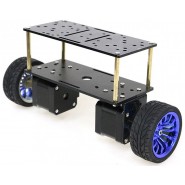

This balancing robot for Arduino has the ability to balance itself on just two wheels, It also manages to stabilize objects that are placed on its base. You can control this robot through your smartphone.
If you want to know more about this product, please check the Wiki Page.
Note: Kit not assembled and batteries not included.

